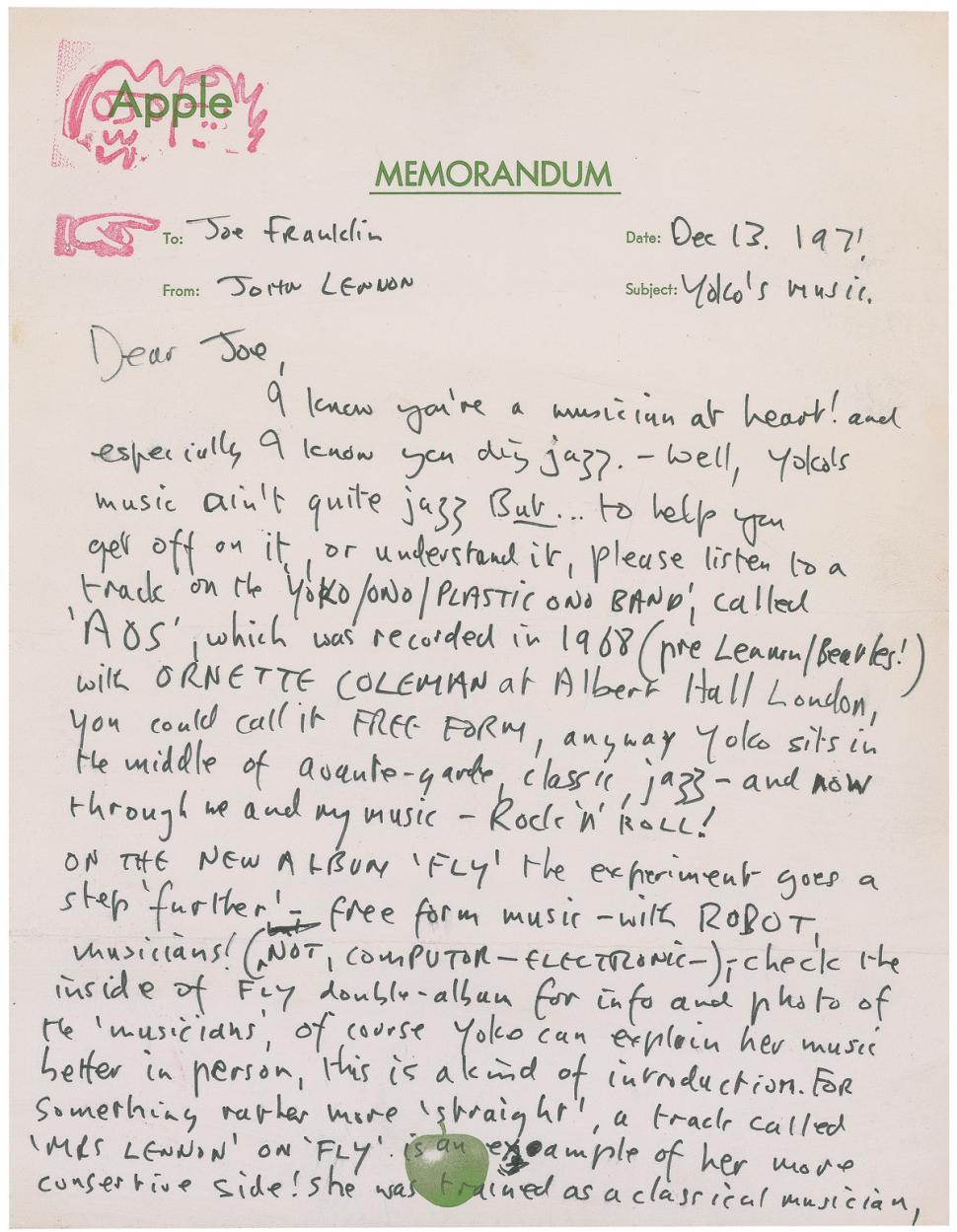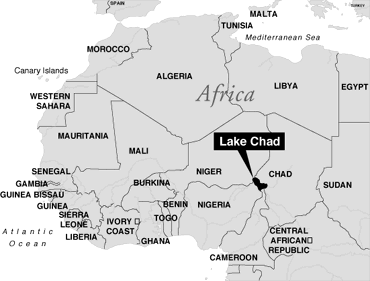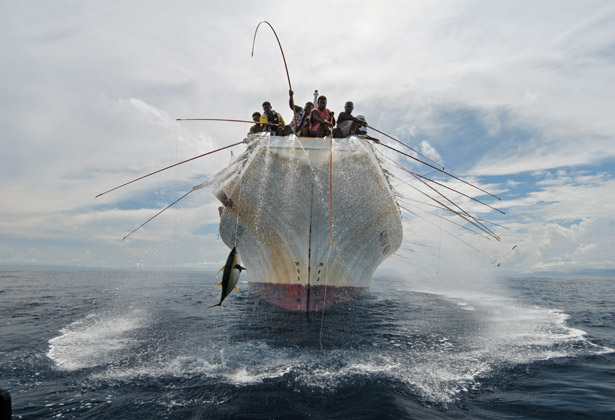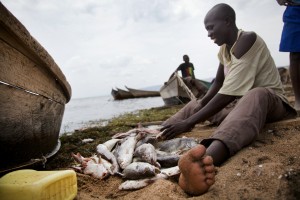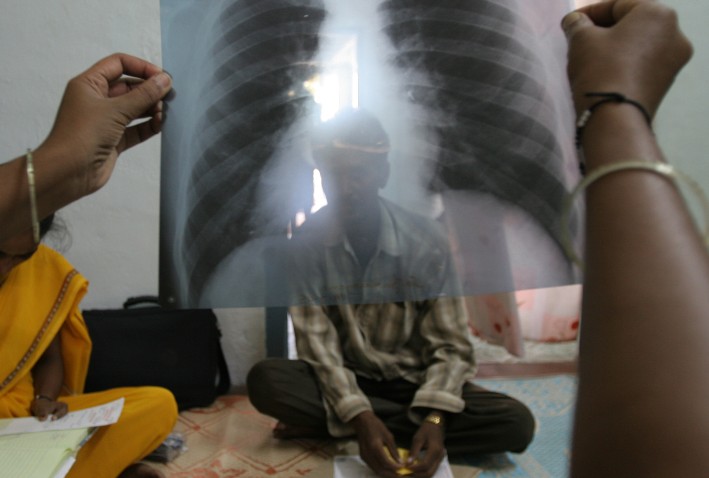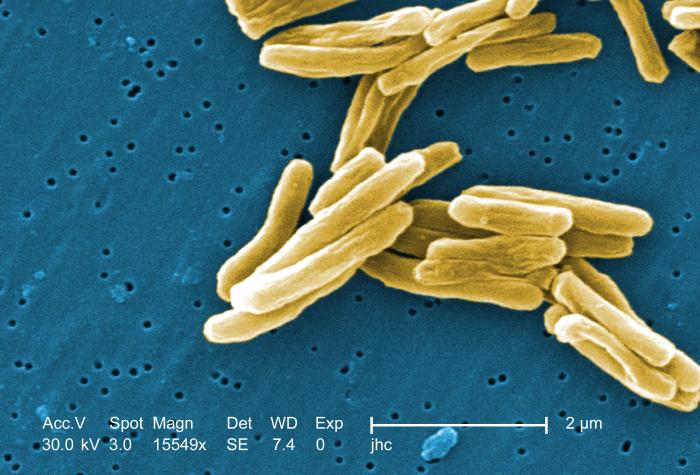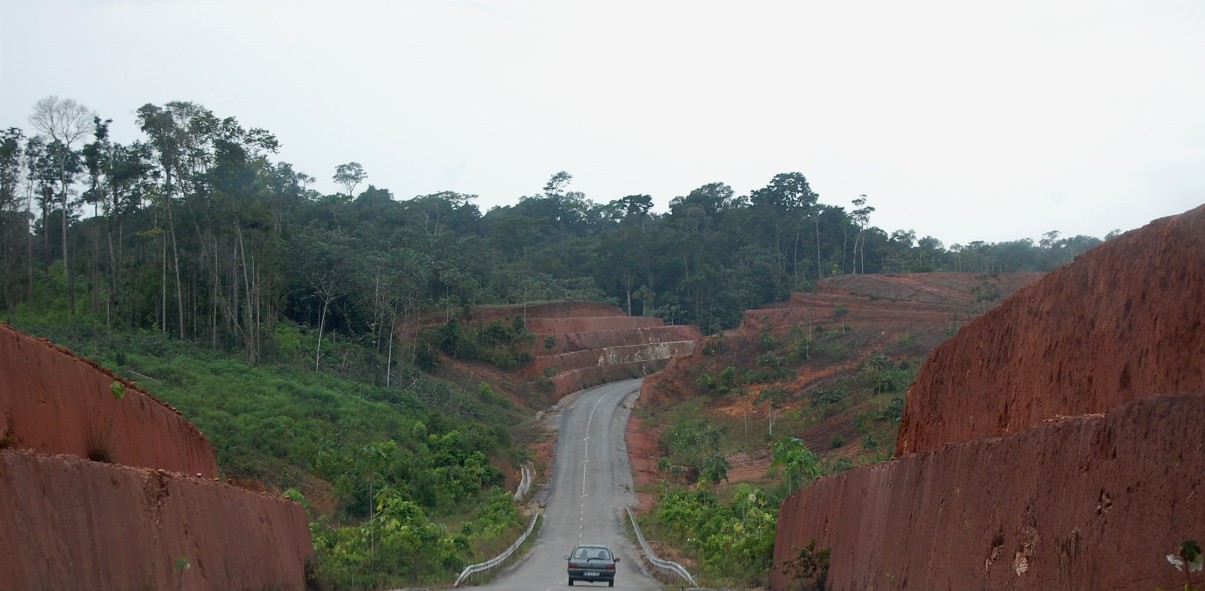Russia launched a Progress 57 Cargo Ship from Baikonur Cosmodrome, Kazakhstan Wednesday, bound for the International Space Station. The ship was launched just three hours after the failed launch of the American rocket Antares, which exploded over Wallops Island, Virginia. The Russian ship is expected to rendezvous with the International Space Station later Wednesday.
The Russian ship, a Progress M-25M space freighter, was launched on a Soyuz-2.1a from Baikonur space center Wednesday, according to Russian space agency Roscosmos.
 “The launch was made at 10:10 AM Moscow time, Wednesday. All pre-launch operations and the launch of the space freighter by a new rocket were conducted as scheduled,” said Roscosmos.
“The launch was made at 10:10 AM Moscow time, Wednesday. All pre-launch operations and the launch of the space freighter by a new rocket were conducted as scheduled,” said Roscosmos.
The successful launch took place just three hours after the failed launch of the American Cygnus commercial cargo carrier Antares, which exploded after crashing back into the ground in Wallops Island, Virginia.
The Progress M-25M is expected to dock with the space station’s Pirs docking compartment exactly six hours after liftoff.
The Progress is carrying almost 5,200 pounds of food, fuel and supplies for the six-person International Space Station crew, including 1,322 pounds of fuel, over 100 pounds of oxygen, 925 pounds of fresh water, and 2,828 pounds of dry cargo.
Read more: Antares Rocket, Which Exploded Tuesday, Was Set to Fly Monday but Was Delayed by Stray Boater
 Wednesday’s launch was Russia’s first using a Soyuz-2.1a rocket. Previous space freighters were launched atop Soyuz-U rockets. The 2.1a is a modernized version of the older launcher, and uses updated electronics, a digital flight control system, and is capable of lofting 300 more kilograms (660 pounds) to the International Space Station’s orbit, according to Roscosmos.
Wednesday’s launch was Russia’s first using a Soyuz-2.1a rocket. Previous space freighters were launched atop Soyuz-U rockets. The 2.1a is a modernized version of the older launcher, and uses updated electronics, a digital flight control system, and is capable of lofting 300 more kilograms (660 pounds) to the International Space Station’s orbit, according to Roscosmos.
The upgraded rocket also uses less foreign parts than the Soyuz-U, which depended more heavily on components from Ukraine.
[su_youtube url=”https://www.youtube.com/watch?v=mdldlU0TlnU”][su_youtube url=”https://www.youtube.com/watch?feature=player_embedded&v=ctbc9kw1oHA”][/su_youtube]
Day Blakely Donaldson
Images: NASA






![US Rocket Explodes on Launch [VIDEO]](https://thespeakernewsjournal.com/wp-content/uploads/2014/10/Antares-Rocket-Which-Exploded-Tuesday-Was-Set-to-Fly-Monday-But-Was-Delayed-by-Stray-Boater-6-150x150.jpg)




![US Rocket Explodes on Launch [VIDEO]](https://thespeakernewsjournal.com/wp-content/uploads/2014/10/Antares-Rocket-Which-Exploded-Tuesday-Was-Set-to-Fly-Monday-But-Was-Delayed-by-Stray-Boater-11-150x150.jpg)


